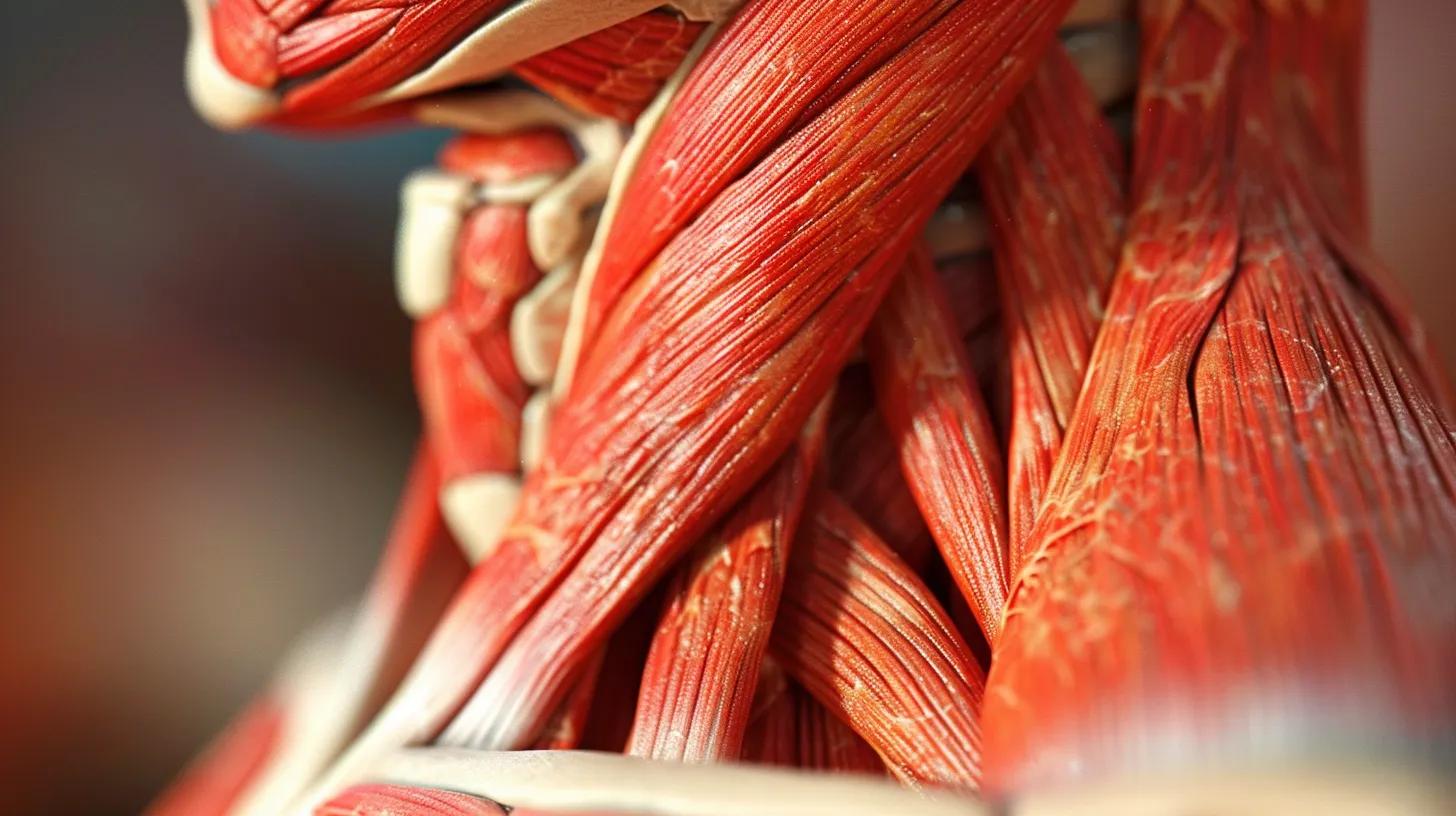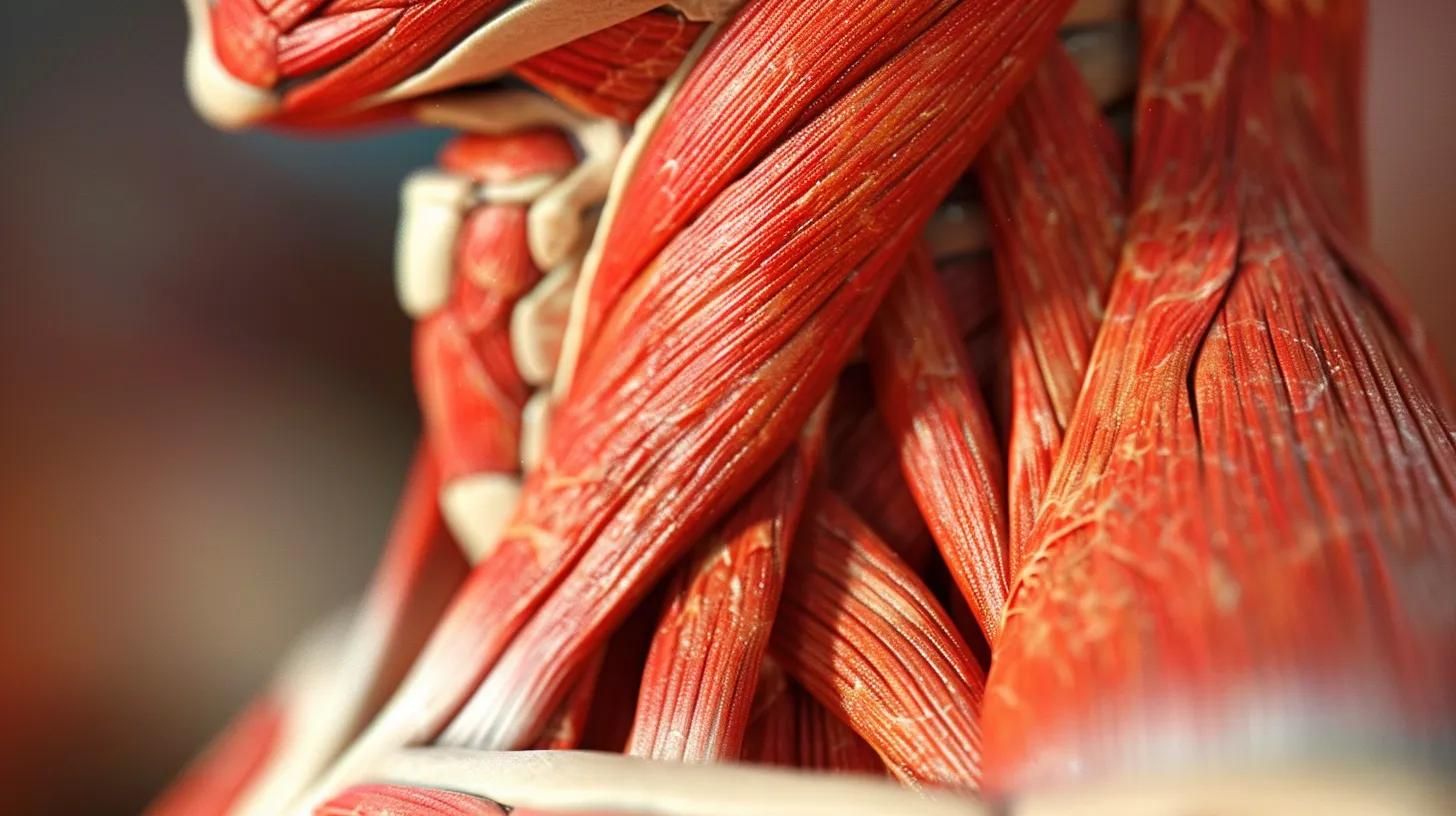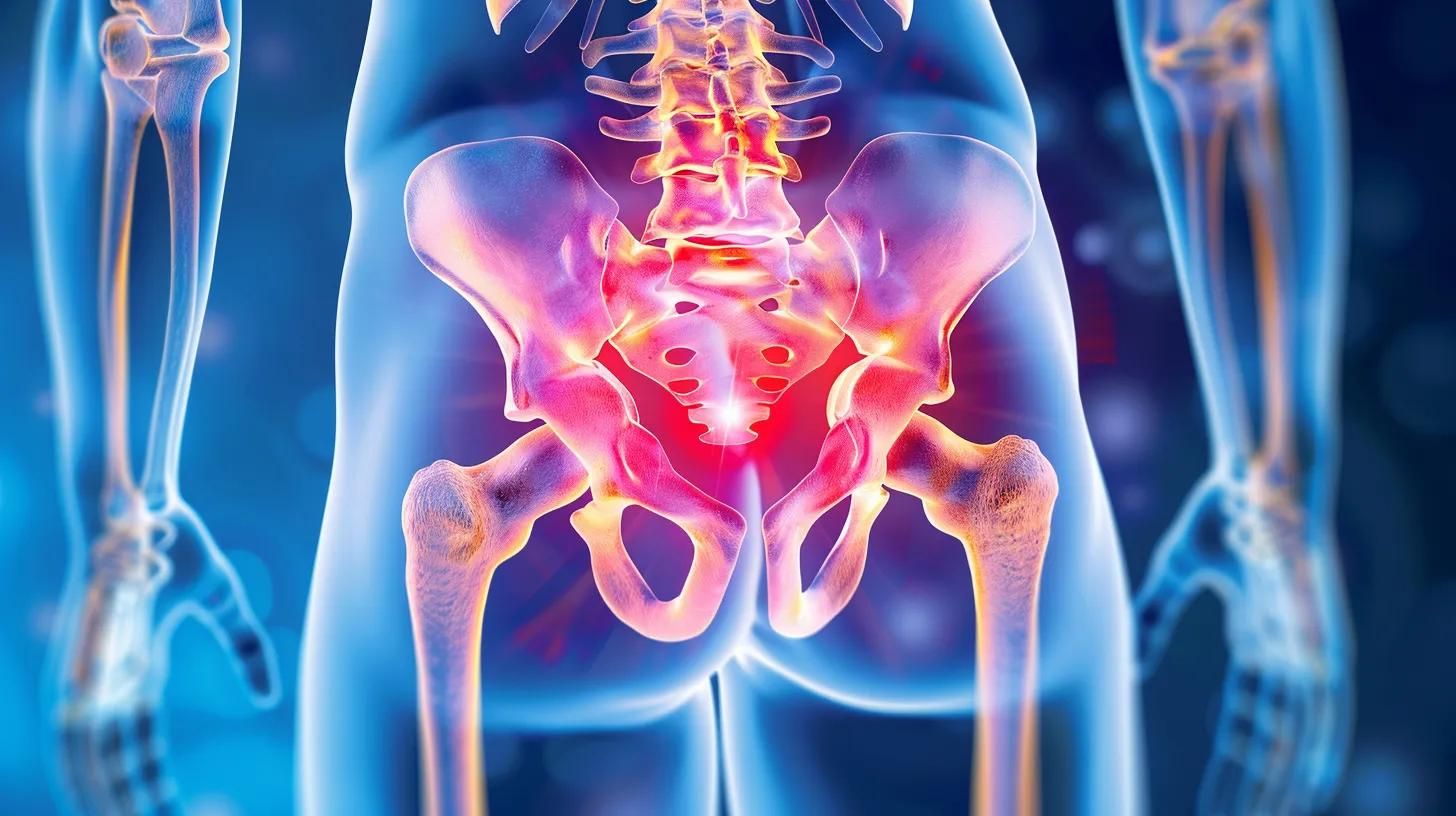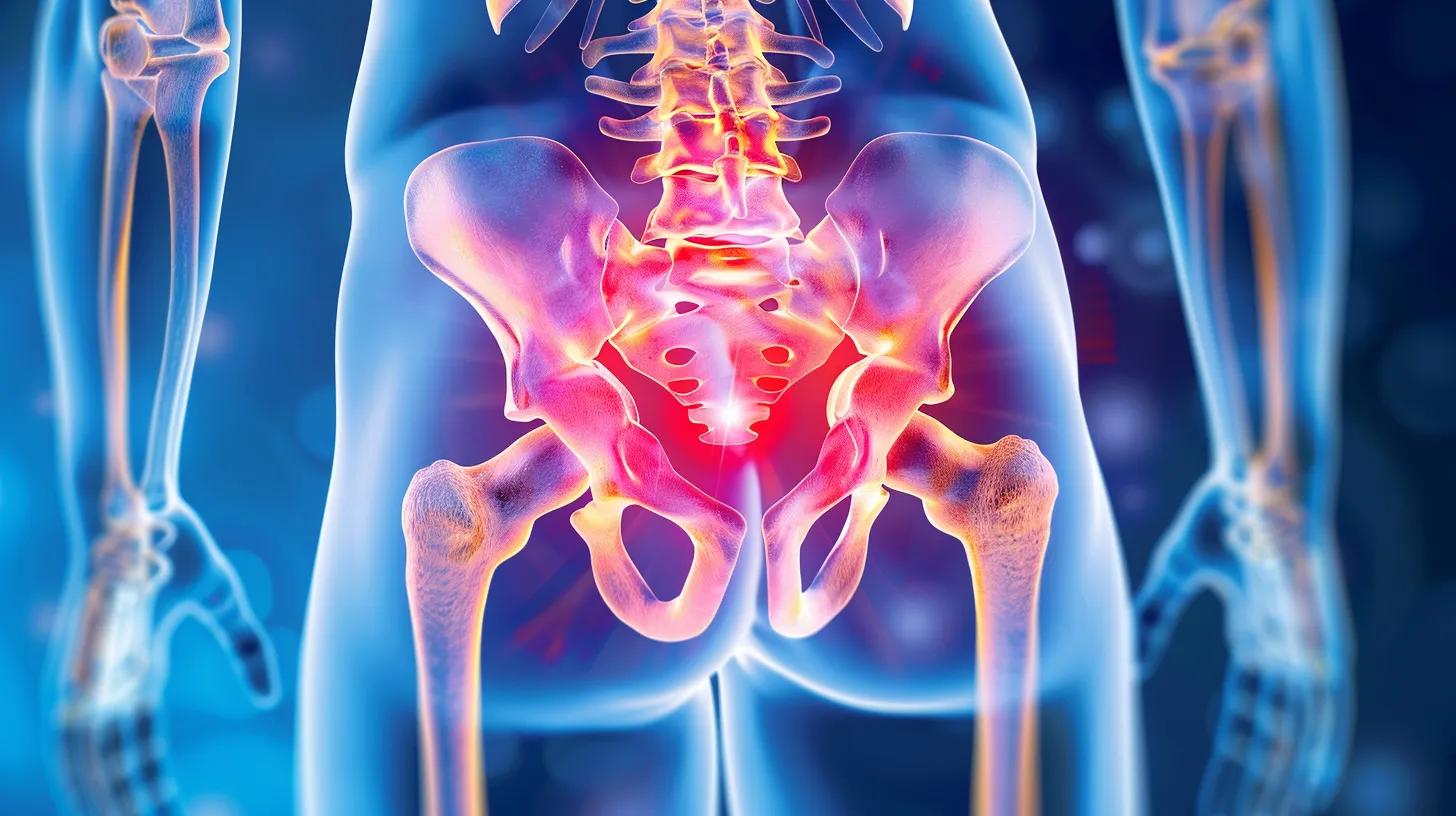Trigger Point Injections Explained: What to Expect Before, During, and After Your Session

Facing the Unknown: Why Understanding Matters
If you’ve ever considered trigger point injections for stubborn muscle knots or chronic pain, chances are you’ve had questions. What exactly happens during the procedure? Will it hurt? How long will it take to feel relief? At Aragon Care Centers, we meet patients in Tucson every week who come in with those very concerns.
We understand that for many people, not knowing what to expect is often the hardest part. The idea of a needle going into a sore muscle can sound intimidating, especially if you’ve lived with tension for months or even years. But in reality, Trigger Point Injections Tucson patients choose are a simple, safe, and effective way to relax muscles at their source, deactivate painful trigger points, and restore mobility.
That’s why we want to walk you through exactly what happens—before, during, and after your session. By the end of this guide, you’ll feel confident knowing what to expect and reassured that this step could be the key to finally releasing those stubborn knots for good.
What Are Trigger Points and Why Do They Hurt?
Trigger points are small, hyper-irritable spots in tight muscle fibers. Many patients describe them as “knots” that won’t go away no matter how much they stretch, massage, or rest. These points form when muscles become overworked, injured, or subjected to repetitive strain.
Here’s what happens:
- Muscle fibers contract in response to overuse or trauma.
- The contracted fibers don’t relax, cutting off blood flow and oxygen to that area.
- The lack of circulation leads to tightness, tenderness, and pain.
- Sometimes, pressing on a trigger point can even send pain to a completely different area (referred pain).
Common sites for trigger points include the neck, shoulders, back, and hips, though they can appear almost anywhere. Left untreated, they often lead to tension headaches, TMJ pain, stiffness, and reduced mobility.
Why Choose Trigger Point Injections?
Many patients try stretching, massage, or even medications before seeking help. While these approaches can provide short-term relief, they often don’t address the root of the problem. Trigger point injections, however, directly target the source: the contracted muscle fiber itself.
By deactivating the trigger point, these Pain Relief Injections Tucson residents rely on can:
- Relax stubborn muscle knots
- Improve mobility and flexibility
- Decrease local pain and referred pain
- Break the cycle of chronic stiffness
- Allow you to return to normal activity faster
Before Your Session: How to Prepare
At Aragon Care Centers, we take time to prepare every patient so they know exactly what to expect. Preparation usually involves:
Initial Consultation
We’ll begin by discussing your medical history, current symptoms, and daily activities. This helps us determine whether trigger point injections are the best option for your needs.
Physical Examination
We gently palpate (press) muscles to identify where the trigger points are located. Patients are often surprised to find how many “hidden” knots they’ve been carrying.
Answering Questions
This is your chance to ask about the procedure, results, and aftercare. We believe informed patients feel more comfortable and confident, which is why we take time to explain everything clearly.
During Your Session: Step-by-Step
Patients often find that the actual procedure is quick and straightforward. Here’s what you can expect:
Locating the Trigger Point
We carefully identify the precise area of tension by touch and sometimes with the help of your feedback. Trigger points are usually easy to recognize because they’re firm, tender, and reproduce pain when pressed.
Preparing the Area
The skin over the trigger point is cleaned and disinfected. This ensures the procedure is safe and sterile.
The Injection
A very small needle is inserted directly into the trigger point. This is not like getting a vaccine or blood draw—many patients describe it as less uncomfortable than expected. Some feel a quick cramp or twitch as the muscle fibers release.
Relaxation Response
As the medication enters the muscle, the contracted fibers relax, reducing tension and restoring blood flow. This begins the process of pain relief and healing.
Multiple Trigger Points
If you have several knots, we may address multiple points in a single session, depending on your needs and comfort.
After Your Session: What Happens Next
The aftercare process is simple, but it’s important to follow instructions for the best results.
Immediate Aftermath
- You may feel some soreness at the injection site, similar to post-workout muscle tenderness.
- Many patients notice an immediate increase in range of motion or a reduction in pain.
Activity
We typically recommend light activity after your session. Gentle movement helps encourage circulation and prevents stiffness from returning.
Hydration and Self-Care
Staying hydrated and doing gentle stretching support the release of muscle tension. Some patients also benefit from applying heat to the area to further relax the muscle.
Long-Term Benefits
Over the following days, patients usually notice reduced pain, improved flexibility, and a greater ability to perform daily activities without discomfort.
How Trigger Point Injections Fit Into a Larger Wellness Plan
What sets Aragon Care Centers apart is our whole-body approach. Trigger point injections are powerful, but they’re even more effective when paired with strategies to prevent trigger points from reforming. That’s why we integrate:
- Posture education to avoid repetitive strain
- Ergonomic guidance for workstations and daily activities
- Strengthening and stretching exercises to support long-term muscle health
- Stress management strategies to prevent tension buildup
By combining What to Expect with Trigger Point Injections education with a personalized wellness plan, we help our Tucson patients achieve lasting results.
Common Questions About Trigger Point Injections
While every patient is different, some of the most common questions we address include:
- How long does the procedure take? Usually only a few minutes per injection site.
- Will I need more than one session? Some patients do benefit from a series of sessions, especially if they have multiple or recurring trigger points.
- When will I feel relief? Many notice improvement immediately or within a few days.
- Can the knots come back? With proper posture, exercise, and lifestyle changes, the likelihood is greatly reduced.
Why Patients in Tucson Choose Aragon Care Centers
Experience and Expertise
Our team has extensive experience helping patients with chronic muscle tension and pain. We’ve seen firsthand how much quality of life can improve once stubborn trigger points are released.
Comprehensive Approach
We don’t stop at injections. We provide guidance, education, and follow-up strategies to help patients maintain long-term results.
Accessibility
With two Tucson locations, patients can schedule conveniently and access care that fits their lifestyle.
Patient-Centered Care
We pride ourselves on taking time to listen, answer questions, and provide care that’s tailored to each individual’s needs.
Conclusion
At Aragon Care Centers, we believe that no one should live with chronic muscle knots, neck pain, or shoulder tension that limits their life. With Trigger Point Injections Tucson patients rely on, we deactivate trigger points directly, relax tight muscles, and restore mobility.
By knowing exactly what to expect before, during, and after your session, you can approach the procedure with confidence and look forward to lasting relief and improved quality of life.
Don’t wait to take control of your health and comfort. and let us help you experience the freedom of moving without constant pain.









